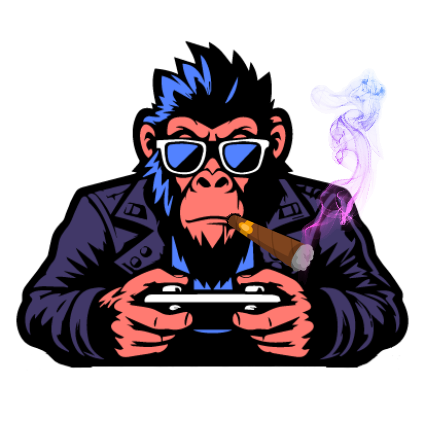
Great in-game Events: Planning, Reacting & Recovery Snacks
Journal 7 Michael Khripin June 20
When I worked as a LiveOps product owner, running in-game events was my full-time job.
And over time, I learned there’s a checklist I always fall back to.
It saved launches, boosted revenue, and prevented more than one catastrophe.
Here’s what that looked like:
Before the Event
– Align with goals. Retention? Monetization? Engagement? Pick one. Or you’ll end up with none.
– Check your calendar conflicts. Launching during another live feature? Rethink. Unless they should be run together intentionally.
– QA your configs. Twice. You don’t want the wrong rewards going out, trust me (check my recent post about it).
– Sync with support & community teams. They’ll get the heat if anything breaks.
– Prepare fallback plan. Always have a hotfix path or a way to turn things off remotely.
During the Event
– Monitor live data. First few hours tell you everything.
– Watch social channels. You’ll know if players love it or are melting down.
– Keep analytics dashboards open. Is engagement spiking where it should? Are purchases flowing? I usually check dashboards every hour.
– Be reachable. Weekend events mean weekend responsibilities.
After the Event
– Run post-mortem ASAP. Don’t let lessons fade.
– Archive metrics with context. Revenue, participation, top spenders, bugs. Future-you will thank you.
– Plan next iteration. Was this event reusable? Rotatable? How will you improve it?
Running a great in-game event is 50% planning, 30% reacting, and 20% recovery snacks.
And if you’re not treating events like core product features, you’re leaving money (and trust) on the table.







